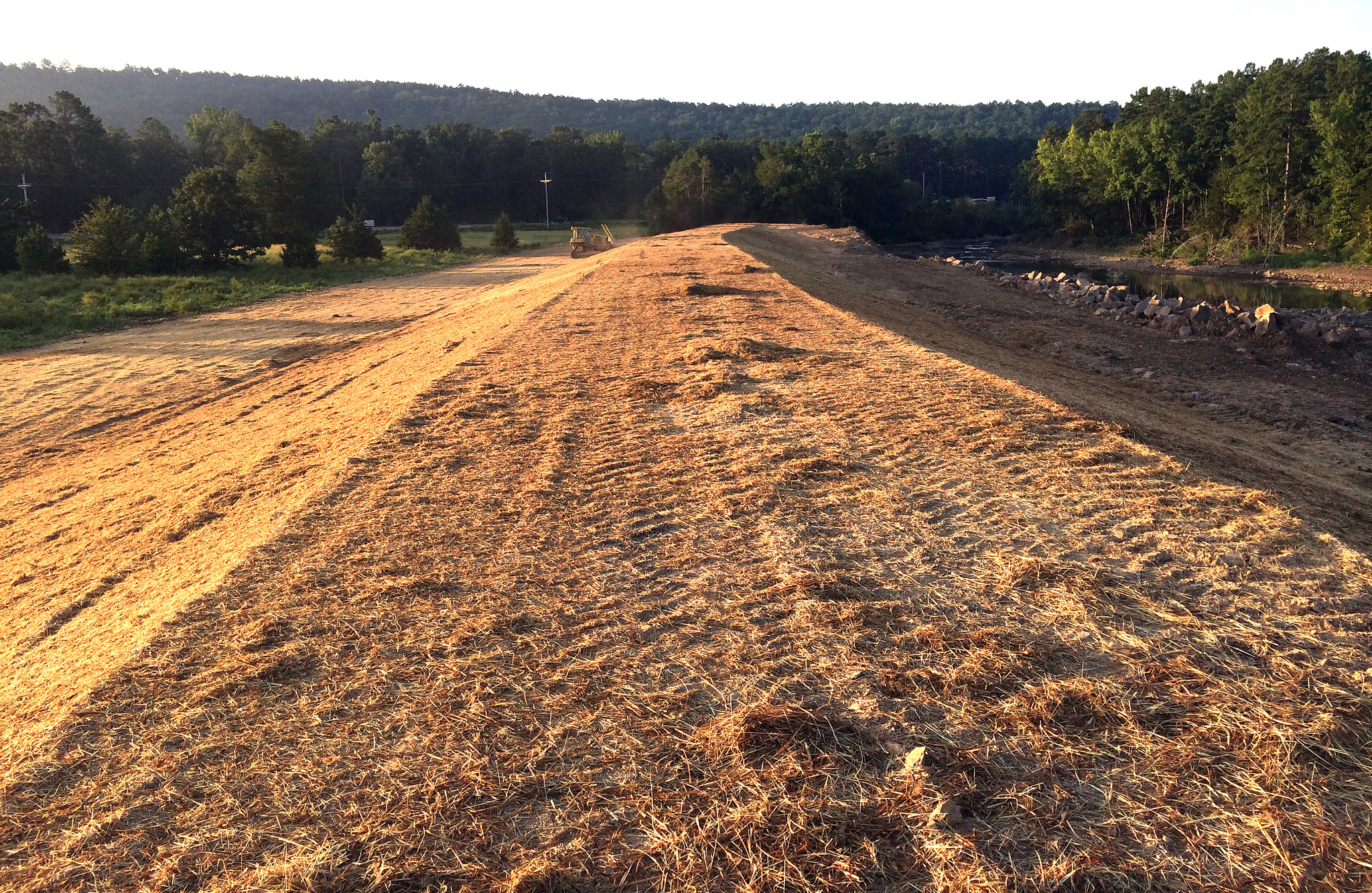
Carbon Sequestration: A Climate Change Solution Often Ignored
2015 has been declared the International Year of Soils, and few topics could be more important at this time. One of the objectives of the International Year of Soils is to "create full awareness of civil society and decision makers about the fundamental roles of soils for human's life."
Another is to "achieve full recognition of the prominent contributions of soils to food security [and] climate change adaptation." Rarely do you hear climate activists address the issue of soil and land regeneration, yet it is perhaps the most comprehensive solution to everyone's concerns.
February 3, 2015 | Source: Mercola.com | by Dr. Mercola
2015 has been declared the International Year of Soils,1 and few topics could be more important at this time. One of the objectives of the International Year of Soils is to "create full awareness of civil society and decision makers about the fundamental roles of soils for human's life."
Another is to "achieve full recognition of the prominent contributions of soils to food security [and] climate change adaptation." Rarely do you hear climate activists2 address the issue of soil and land regeneration, yet it is perhaps the most comprehensive solution to everyone's concerns.
Fighting over whether or not climate change is real; or whether climate change is manmade or not is completely irrelevant. Arguing over whether the temperature is actually rising or falling, or whether arctic ice sheets are shrinking or growing is a waste of time.
Why Agricultural 'U-Turn' Is Necessary
The fact of the matter is, the global landscape is changing, and food security is no longer a given, even if you have plenty of available land, and here's why:
• Water scarcity is getting worse as aquifers are drained faster than they can be refilled. In August 2014, the National Geographic3 reported that a four-year long drought in California had led to the depletion of snowpacks, rivers, and lakes.
As a result, the state has been tapping into its underground aquifers to make up for the lack of water. At present, nearly 60 percent of California's water needs are met by groundwater4 that does not have time to recharge at the same rate it's being used.
• Soil erosion and degradation is rapidly getting worse.
• Air and water pollution are worsening.
• Land is turning into desert at a rapid clip, and with it, we're losing biodiversity of both plant and animal life.
• Everything is getting more toxic, and according to a wide variety of scientists, we are looking at no more than 50-60 years' worth of "business as usual" before we reach a point at which nature will no longer sustain us on any front, be it water, air, or soil quality.
The World Has Only 60 Years' Worth of Topsoil Left
One striking example highlighting just how pressed for time we are is the news that the world only has about 60 years' worth of topsoil left.
In a 2012 Time Magazine5 interview, University of Sydney professor John Crawford discussed this issue, noting that about 40 percent of agricultural soils around the globe is currently classified as degraded or seriously degraded.
"Seriously degraded" means that 70 percent of the topsoil (the layer of soil in which plants grow) has already disappeared. The reason for the erosion and degradation is farming methods that remove carbon from the soil and destroy the microbial balance in the soil responsible for plant nutrition and growth.
At present, topsoil is being lost 10-40 times faster than nature can regenerate and replenish it naturally. According to Professor Crawford:
"People don't always think about how [soil] is connected with so many other things: health, the environment, [food] security, climate, water. For example, agriculture accounts for 70 percent of our fresh water use…
If soil is not fit for purpose, that water will be wasted, because it washes right through degraded soil and past the root system. Given the enormous potential for conflict over water in the next 20-30 years, you don't want to exacerbate things by continuing to damage the soil, which is exactly what's happening now…
Under a business as usual scenario, degraded soil will mean that we will produce 30 percent less food over the next 20-50 years. This is against a background of projected demand requiring us to grow 50 percent more food, as the population grows…"
